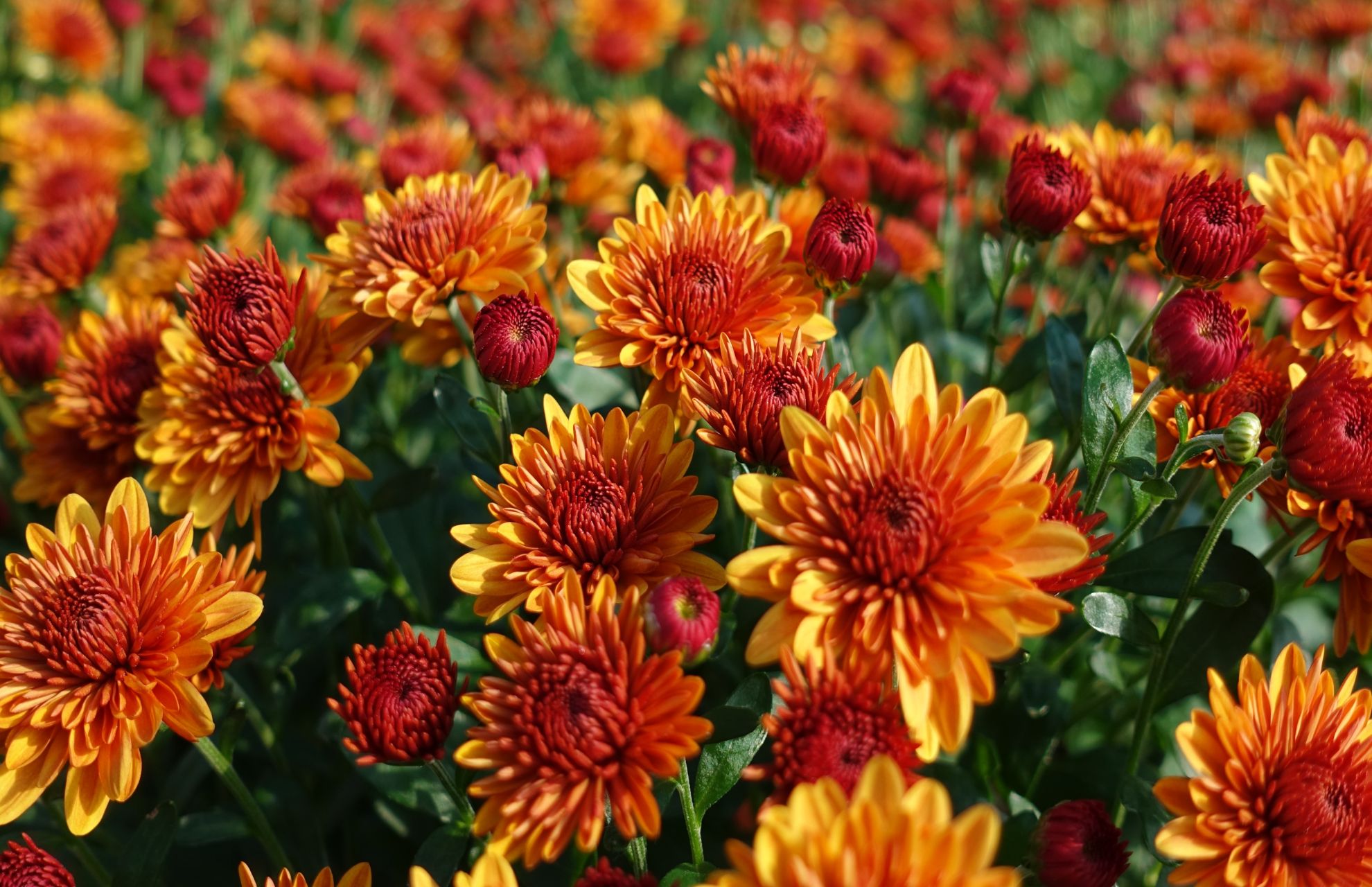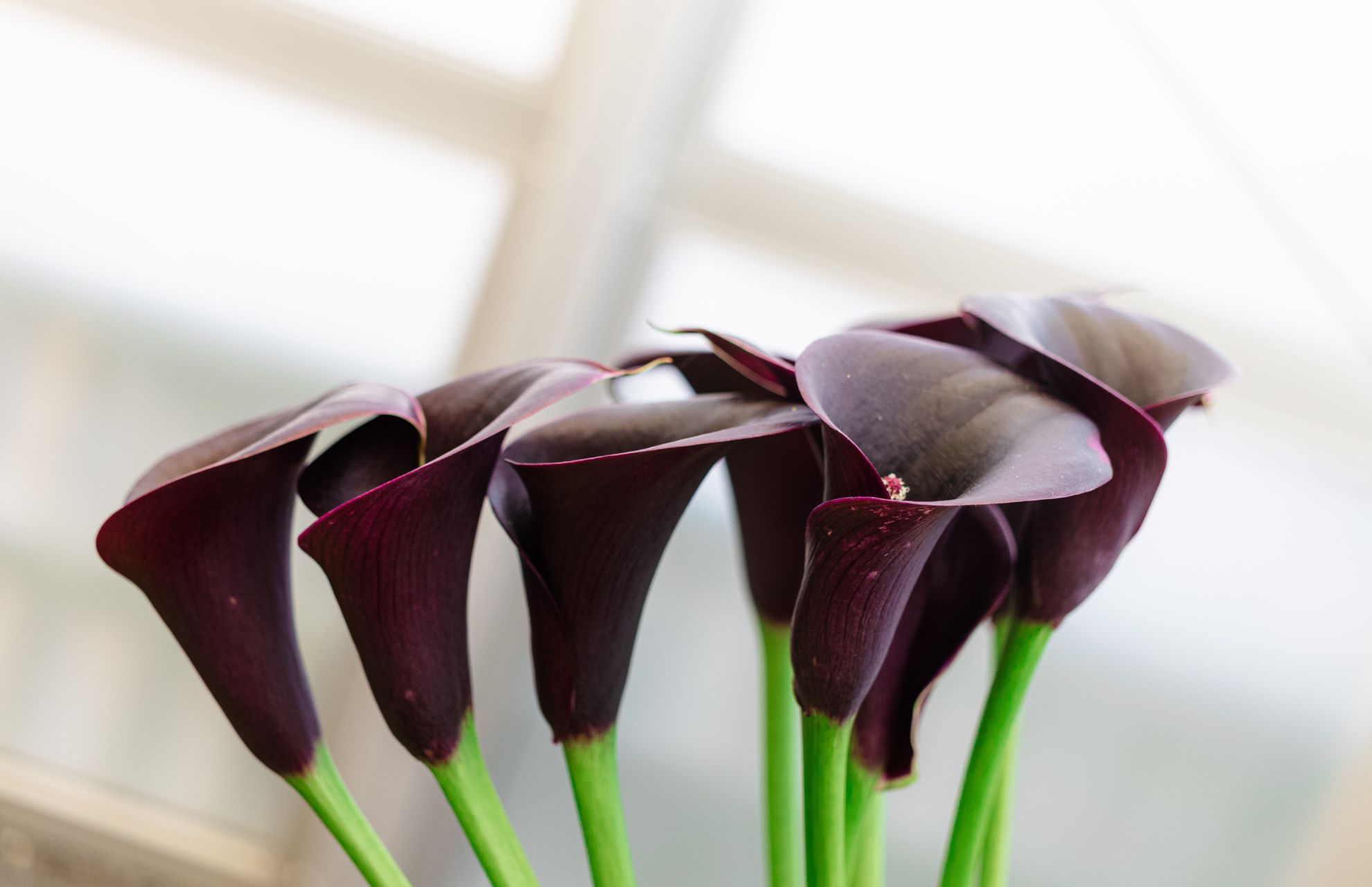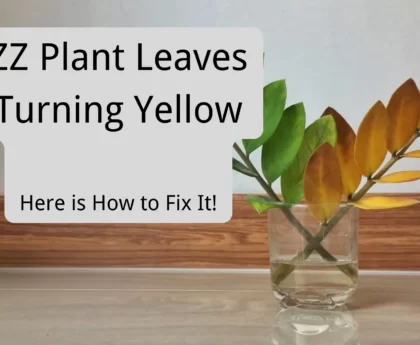With their beautiful and ornamental flowers, chrysanthemums are one of the most popular flowering plants in the world. What I do know about the water requirements of Mums is that they should be watered directly onto the soil two to three times per week for established Chrysanthemum plants (mums).
Once they are established, mums that have been newly planted or replanted need to be watered every day. Mums prefer the soil to be damp between waterings, but not overly so. Between waterings, the soil shouldn’t completely dry out. Learn exactly how much water they will need to thrive in the remaining sections of this article, along with the suggested frequency.
Chrysanthemum
Appearance And Types
With single or double flowers on each stem, chrysanthemums are among the most popular flowering plants for gardens and indoor containers. These plants, which can be perennial or annual depending on the variety, produce stunning daisy- or cushion-like flowers. Mums come in countless varieties and more than 40 different species.
Chrysanthemum varieties differ greatly from one another, particularly in terms of their flowers. Flower petals can be upright or droopy, wide or narrow, dense or lonely, and each variety displays something completely unique and different. The most popular varieties of chrysanthemums are:
- Single Mum
- Spider Mum
- Quilled Mum
- Anemone Mum
- Reflex and Incurve Mum
- Pompon Mum
- Decorative Mum
- Thistle Mum
Care And Maintenance
Once you get the hang of it, caring for chrysanthemums is fairly simple. Wherever you want to plant and grow mums, maintenance is simple. These gorgeous plants need regular watering and soil that is consistently moist during the summer.
Since these are plants that prefer the sun, it would be best to put them in a spot that is just a little bit shaded during the summer to prevent burning. For mums to grow, bloom, and be hardy, they need to receive at least 6 hours of sunlight each day.
Risk And Diseases
Despite your best efforts, some chrysanthemum care issues are beyond your control. Mums are susceptible to several fungi that produce leaf spots, which appear as yellow, dark brown, or black circles on the leaves. Wilting, powdery mildew, ray blight, ray specks, and gray mold are other fungi-related ailments.
Chrysanthemums are also harmed by some pests and viruses in addition to fungus-related illnesses. On chrysanthemum plants, pests like aphids, spider mites, and leafminers are frequent unwelcome visitors, but there are a number of all-natural ways to get rid of them.
Smut virus, mosaic virus, and tomato spotted wilt virus are a few examples of viruses for which there is typically no treatment. It is best to destroy and dispose of the infected plants to stop viruses from spreading to your other plants.
How Can I Tell If My Mother Needs Water?

At least twice or three times per week, water your mums by directly putting an inch or so of water on the soil. Your mums will require watering daily when you first plant or repot them, but once they are established, two to three times per week is ideal.
Some telltale signs that your mums need to be watered include crispy, dried brown leaves that indicate overexposure to heat and dehydration. When the soil has dried out, the foliage may also seem wilted. Although it shouldn’t be excessively wet, the soil will appear dry in its own right.
Do Mothers Need A Lot Of Water?
To stay healthy and continue to thrive, chrysanthemums need a lot of water. It’s critical to establish a strong root system, especially for chrysanthemums. A deep root system helps a plant survive droughts and freezing temperatures.
Watering the plant 6 to 8 inches deep is the best way to promote the growth of deep roots. Mums should ideally be watered once a week or more during the growing season. Mums prefer evenly moist soil that is consistently moist, and as long as the soil is properly maintained, no additional fertilizer is required.
Your chrysanthemums should be watered at a rate of one inch per week. Watering needs to be done properly, especially when it comes to potted mums. Any excessive watering can quickly result in too much moisture in the soil.
When Do I Water Mums?
It is best to keep a close eye on mums’ watering practices as they develop and to carefully monitor the soil to make sure it doesn’t get too dry. Putting your finger into the soil and testing the moisture content will give you the best indication of when to water your mum.
Mums require humidity and regular watering, but it’s crucial to avoid overwatering them as this can cause root rot. Because chrysanthemums are so absorbent, excess water can quickly build up at the very bottom of the pot.
The location of the plant and the climate affect how frequently it needs to be watered. The mum will require more frequent watering on hotter, drier days, while rainy weather allows the plant to go without water.
You can stop watering your chrysanthemums once the ground starts to cool, and then cover the area with a 2-inch layer of mulch. Without causing oversaturation, mulch will aid in the soil’s ability to retain moisture.
Moms Can Go Without Water For How Long?
Mums cannot go more than a few days without water when they are first planted and during their growing and blooming seasons.
You should water your mums two or three times per week, but not so frequently that the soil becomes dry between waterings or so frequently that the soil becomes soggy and saturated with water that root rot can result.
What Are The Symptoms Of Mothers Who Are Overwatered?
Mums’ foliage will begin to wilt and turn discolored if it is overwatered. When this occurs, it may be a sign of root rot brought on by oversaturation. Overwatered mothers may struggle to recover.
Make sure potted mums are in containers with drainage holes on the bottom and that they are kept in spaces with good air circulation and receive 4-6 hours of direct sunlight each day to prevent this.
Tips On Growing Mums
We want to share some additional advice with you in addition to proper watering techniques so that you can grow these beautiful plants with the best success possible.
- When purchasing mature mums, look for plants with healthy foliage or blooms and those that don’t show any signs of disease or pest damage.
- Keep an eye on the plant’s development and remove any wilting or dead blossoms to keep it healthy and attractive.
- It is advised to leave the dead foliage on the plant in colder climates rather than cutting it off because the plant will be better able to withstand the extreme weather that way.
- You can cut off all the side shoots and let one stem develop strongly to promote the growth of one big flower.
- Chrysanthemums can be kept more vibrant for longer if you divide them every three to four years. In the spring, divide them along their centers by digging them up.
Final Thoughts
Mums are incredibly stunning plants that bloom in a variety of jewel tones. Knowing their watering preferences and other growth factors that may affect the amount of moisture in your mums will help you achieve this.
To help you take care of your chrysanthemum plant on your own, we hope this article will point you in the right direction a little.









